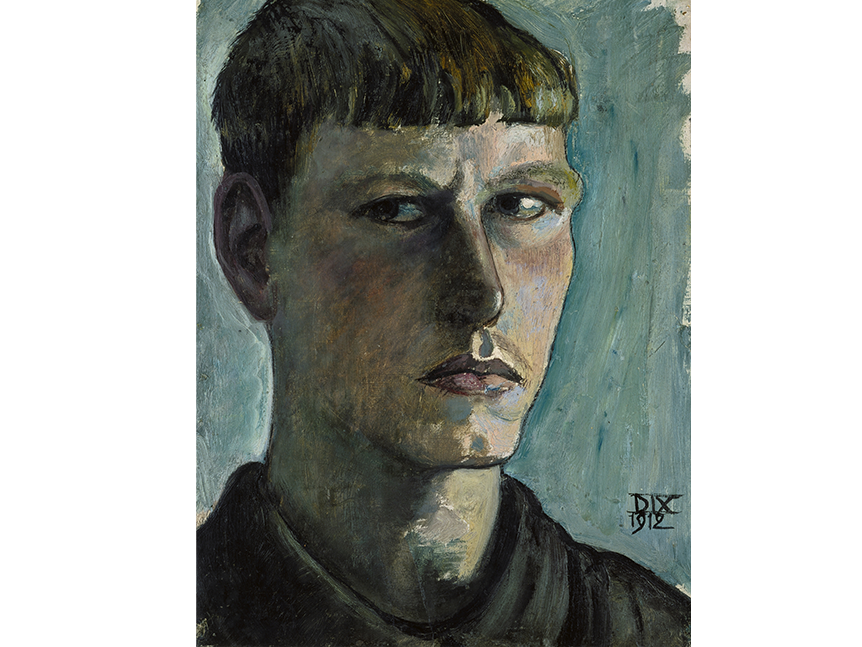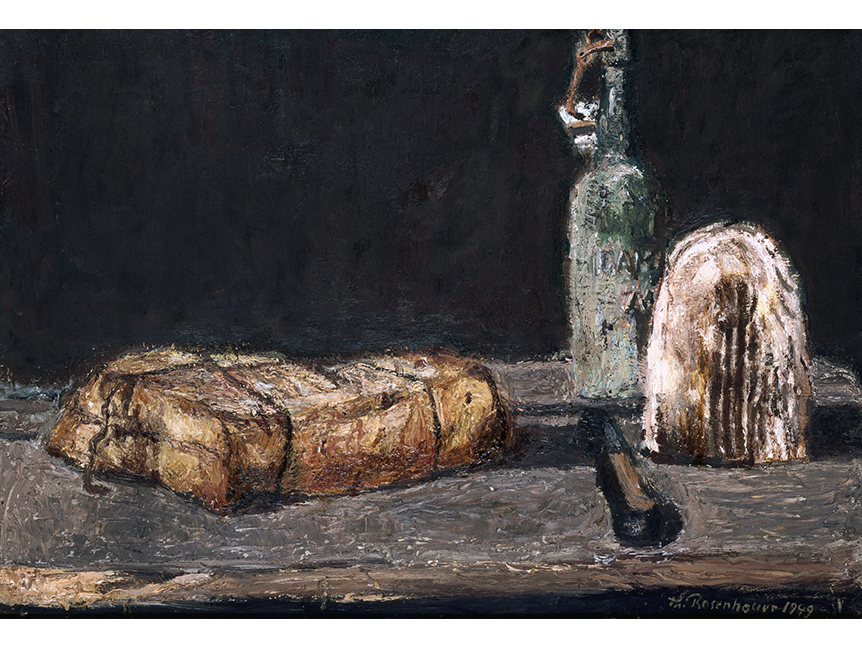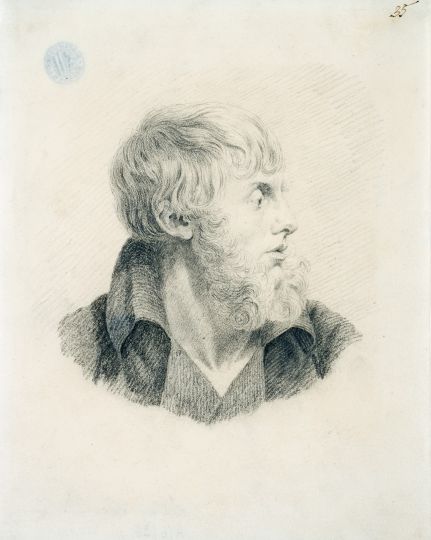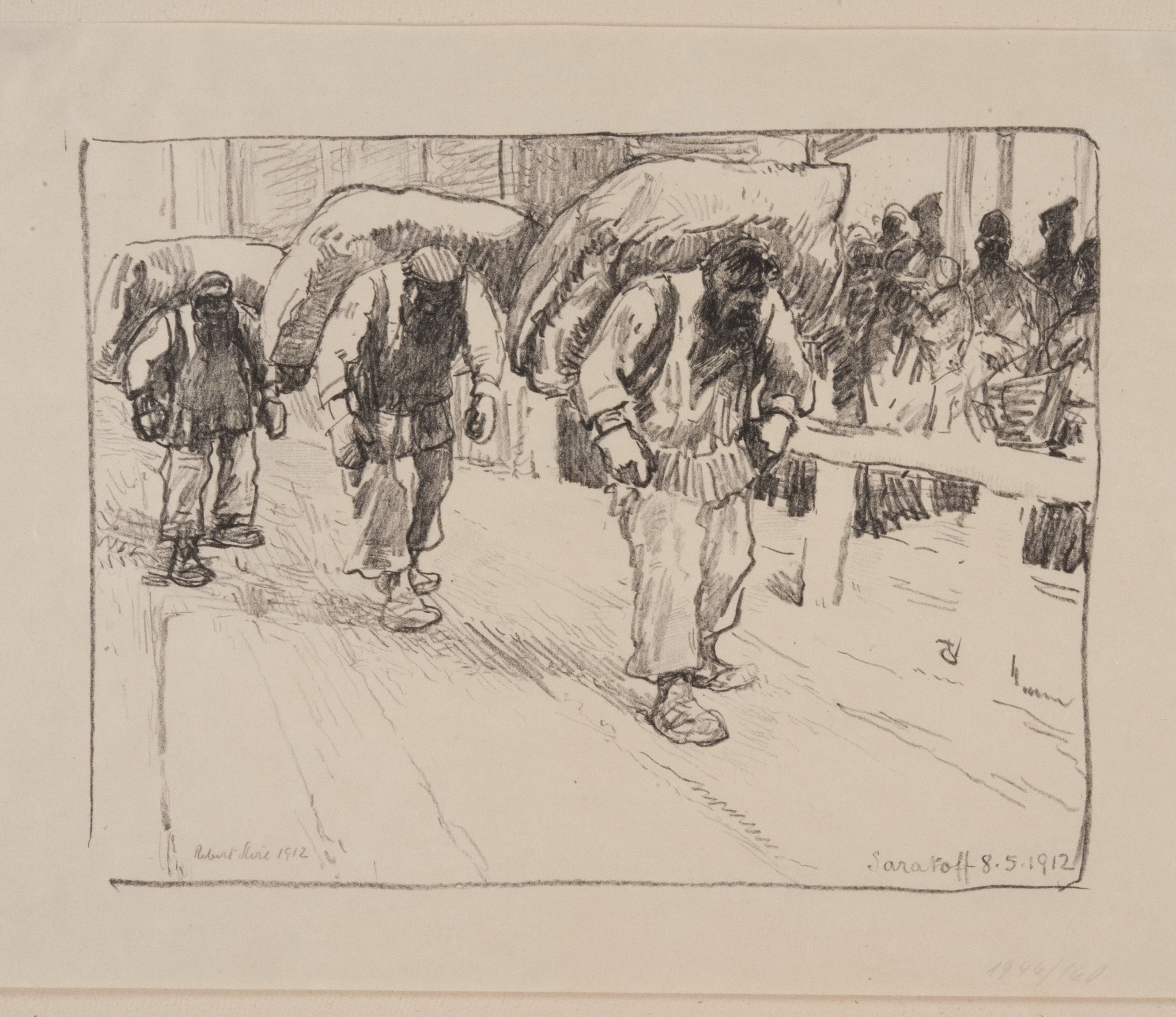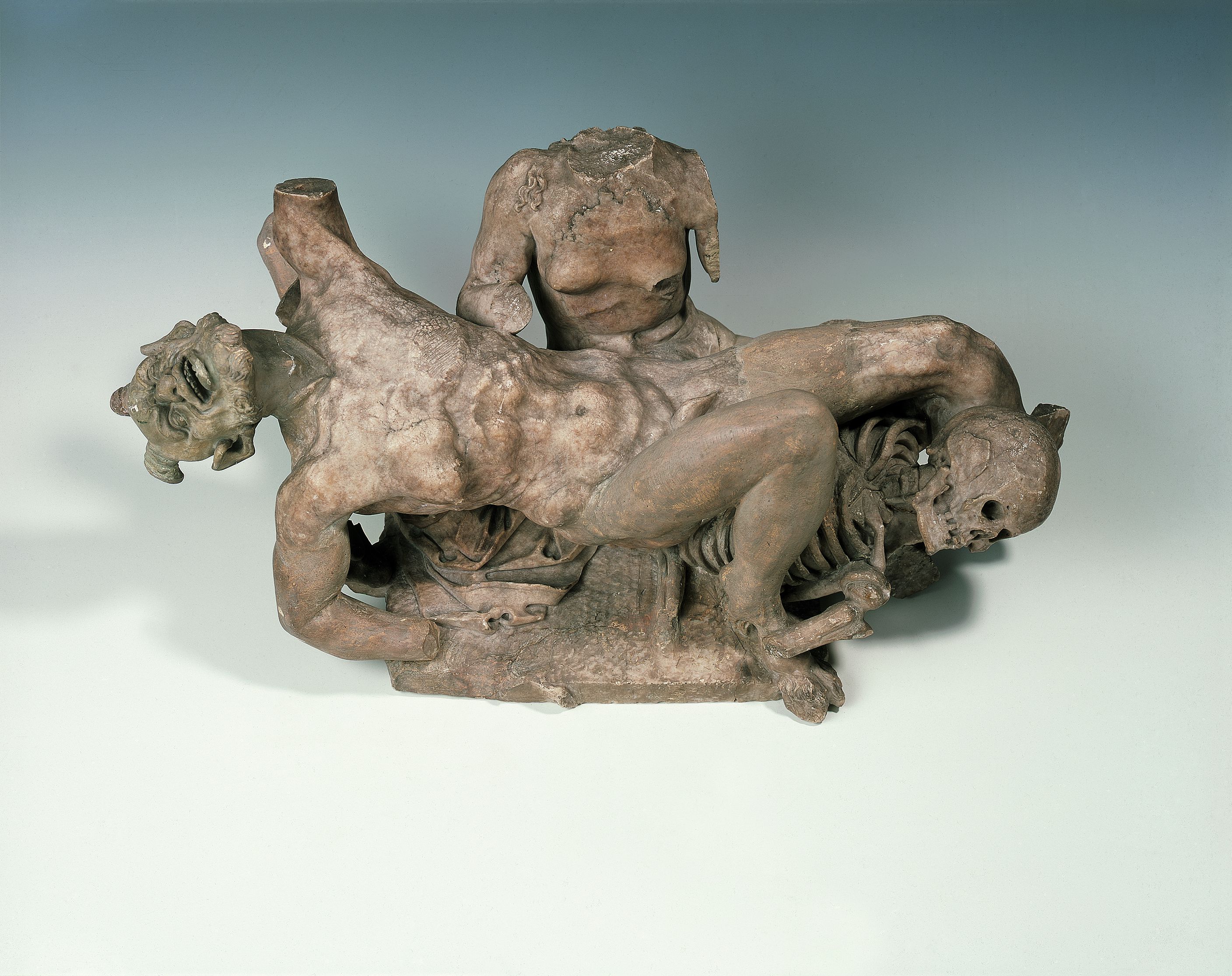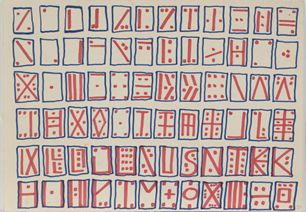When it was founded in 2002, the Städtische Galerie Dresden took over the art collection of the state capital of Dresden and developed it further. Our extensive collection of paintings, sculptures and graphic works includes works from the Middle Ages to the present day. It is constantly being expanded through acquisitions to include historical works, artistic positions from the GDR and, in particular, contemporary works that reflect the current art scene in Dresden. In addition to its role as a collection and exhibition centre and forum for art, the Städtische Galerie Dresden is also developing into a place of scholarship. Important archival material on artists, individual works or work contexts is collected, analysed and published.
Painting in Dresden
Art has been passionately collected in the city since 1891 and Dresden has been able to consolidate its reputation as one of the most important art cities in Europe. Our collection of paintings covers a broad spectrum from landscape painting to portraits and vedute, reflecting Dresden's artistic heritage.
Under the direction of Paul Ferdinand Schmidt, Director of the Municipal Collections from 1919 to 1923, our collection grew to include numerous outstanding works of Expressionism. However, this high-calibre collection was almost completely lost as a result of the Nazi purge. Since then, work has been ongoing to close the gaps left by confiscations and wartime losses, and to rebuild and expand the collection.
The foundation of the Municipal Gallery is therefore also a sign of the appreciation of this municipal collection. However, our focus is not only on the past, but also on the present and future of art in Dresden. We are proud to be able to continuously add contemporary works to our collection and thus promote the artistic diversity of our city.
In addition, we are constantly endeavouring to record, collect and critically reflect on artistic positions in Dresden's artistic output from the GDR.
Graphics
The Graphic Arts Collection is lively and diverse in every respect: drawings, watercolours, collages, prints, portfolios, sketchbooks, photography. Over 30,000 works on paper are kept here, and the number is constantly growing!
These very different works cover the entire spectrum of art from Dresden - from the 16th century to the present day. It is a wonderful way to understand how style, motifs, materials and content change over long periods of time in Dresden, but also within an artist's lifetime.
The centrepiece of our collection is art from the 19th and 20th centuries, including significant holdings from the GDR era. Last but not least, we are constantly acquiring new works that reflect the contemporary art scene.
Our topographical collection with over 6,000 historical cityscapes and landscapes is remarkable. They document the transformation of the city and its surroundings over the centuries. Equally remarkable is our collection of around 2,000 portraits, mainly of Dresden personalities.
The collection of expressionist drawings and graphic art acquired under the former director Paul Ferdinand Schmidt was lost, with a few exceptions, as a result of the National Socialists' “Degenerate Art” campaign. Some expressionist works could be reacquired.
Paper is sensitive to light. For this reason, the works are only presented in special exhibitions and only for a limited time. To
Sculpture
Our collection includes important works of Dresden sculpture that offer a fascinating insight into the city's artistic development. As early as the 16th and 17th centuries, for example, the Walther family of sculptors had a decisive influence on this period with their works.
When the sculpture collection was still part of the city museum, it was primarily collected from a historical perspective. It is therefore not surprising that numerous portrait sculptures from the 19th and 20th centuries form an important focus of our collection. There are also striking examples of sculptures from the Historicism, Art Nouveau and Expressive Realism periods. The Lapidarium also contains architectural fragments, some of which are also part of the Städtische Galerie's collection.
However, the focus of the sculpture collection is by no means on looking back to the past. The sculptural holdings are constantly changing through acquisitions and donations that reflect the artistic diversity of sculptural creation in the city of Dresden. Sculptures by young artists are increasingly finding their way into the collection - and with them new materials, content and a previously unknown mix of styles.
Early work by A.R. Penck
At the end of 2007, an extensive collection of works by the Dresden-born artist rebel A.R. Penck (Ralf Winkler) was acquired from the estate of his childhood friend Jürgen Schweinebraden.
The collection includes paintings, objects and assemblages as well as over 700 drawings and prints from the time of Penck's artistic beginnings in the 1950s until his departure from the GDR in 1980. This collection forms the basis for a comprehensive examination of Penck's work in his former home town of Dresden.
Ralf Winkler, born in Dresden in 1939, later known under the pseudonym A.R. Penck, is one of Germany's most internationally renowned artists. After being rejected by several art academies, he proclaimed himself an artist and in the 1960s created an artistic sign language for the depiction of human behaviour, with which he was to achieve world fame. Subsequently, he created the so-called ‘world and system pictures’ and developed his ‘standard’ principle. From 1971 to 1976, A.R. Penck worked with the ‘Lücke’ group on collective pictures. He was denied public exhibitions in the GDR, while he celebrated successes in West Germany and Western Europe. Penck left the GDR in 1980 and subsequently worked in Cologne, Berlin, London and later in Ireland, where he died in 2017.
Jürgen Schweinebraden, who put together the collection, was a close friend and patron of the artist. He began collecting works by Ralf Winkler in the 1950s and supported him throughout his artistic development. Schweinebraden was also active as an exhibition organiser and publisher and died in Niedenstein in 2022.



























